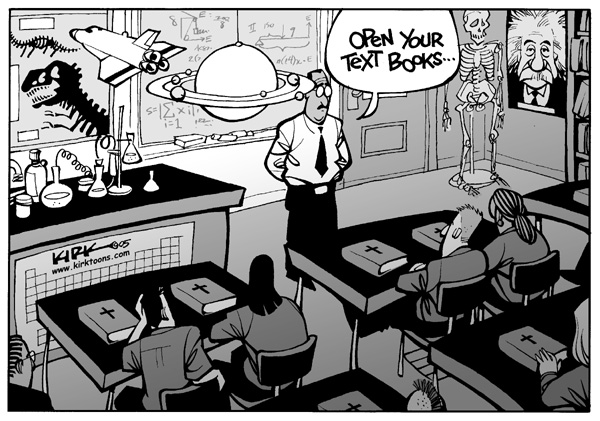Lately, there have been a number of memorable and professional documentary series created for teenagers. I am a huge fan of documentaries and find them appealing for a number of reasons. My students, however, are less impressed with docs that I find fascinating. They are not as patient with the slow, PBS-style format that I have come to love (but probably would've found boring when I was a teen too).
Now, I'm making an assumption here that many of you are looking for ways to talk with your teen students about serious and controversial social issues. I know that it can be easier to gloss over issues of drug use, teen pregnancy, abuse, homelessness, suicide, immigration, and racism rather than face them head-on with students. Most of my philosophy of education is dedicated to talking about real issues with students. I feel that these conversations will help students to become more connected to their learning in my classroom and involved in the realities of their world. For me, I want to be real because the real world is out there and will not slow just because you happen to be only eighteen and a recent high school grad.
I know that many teachers/ adults/ people with brains are not fond of MTV. Because I have seen the debauchery and wanton recklessness of such series as
Jersey Shore and
The Real World, I can understand this sentiment. In the recent past, though, there have been a number of documentaries aired on MTV that could be of use in the classroom. Here are some that I've enjoyed and would use in the classroom:
True Life: This is a great series that has been on MTV for a long, long time. I've seen every single episode and have to admit that the featured topics have helped me to stay in touch with iss

ues facing today's teens and twenty-somethings. From dealing with drug addiction to being deaf to hating your parents to eating disorders, this series covers it all. Don't have MTV? You can view full episodes directly from
this site. You can share a clip or a full episode with students to inform your lesson plan. I know that this show has helped me to show students cultural events and experiences that my students may not otherwise be aware of. We live in a rural environment, but that does not mean that students don't need to be prepared for a global world when they graduate.
16 and Pregnant: This is a newer series from MTV. I am currently watching season two, which is a bit different from season one. Season two profiles one teen girl per week, devoting a full

hour to their story. Season one showed five or six girls every week, giving each girl a portion of an hour. I do love seeing a full hour of each teen's pregnancy experience, but I felt a bit more connected to the teens with season one's format. I've not yet used this program in my teaching, but I plan to when we read
The First Part Last by Angela Johnson. This young adult title follows the story of a teen boy who is raising his infant daughter without the baby's mother. It is a powerful story, but I feel that there are so many different types of teen pregnancy stories that it could use the help of
16 and Pregnant to highlight some of the other types of choices teen parents can make.
30 Days: This show is created and hosted by Morgan Spurlock, famous for his McDonald's documentary called
Super Size Me, where he ate only cheeseburgers and fries for 30 days. The 30 Days television show is developed along the same lines, but with a variety of themes and topics. I've used the Life on an Indian Reservation episode in teaching Sherman Alexie's The Absolutely True Diary of a Part-Time Indian. Students loved it and made references back to

it throughout the unit. It really helped to show students what a reservation looks like and it shows how Spurlock changes as a result of living on a reservation for a month. There are many other subjects that are explored in interesting ways through the three seasons of this series: Immigration, guns, animal rights, homosexuality, living on minimum wage, and others. You can find full episodes of this show for
free on hulu.
Of course, there are other documentaries available online for free through PBS and other such reliable sources. I use those sources as well, but these options are also thoughtful and provocative. They just happen to be aimed at a slightly less mature audience!
 Jaime Escalante, the inspirational mathematics teacher on whom the movie Stand and Deliver is based, died yesterday at the age of 79 years old.
Jaime Escalante, the inspirational mathematics teacher on whom the movie Stand and Deliver is based, died yesterday at the age of 79 years old.



















